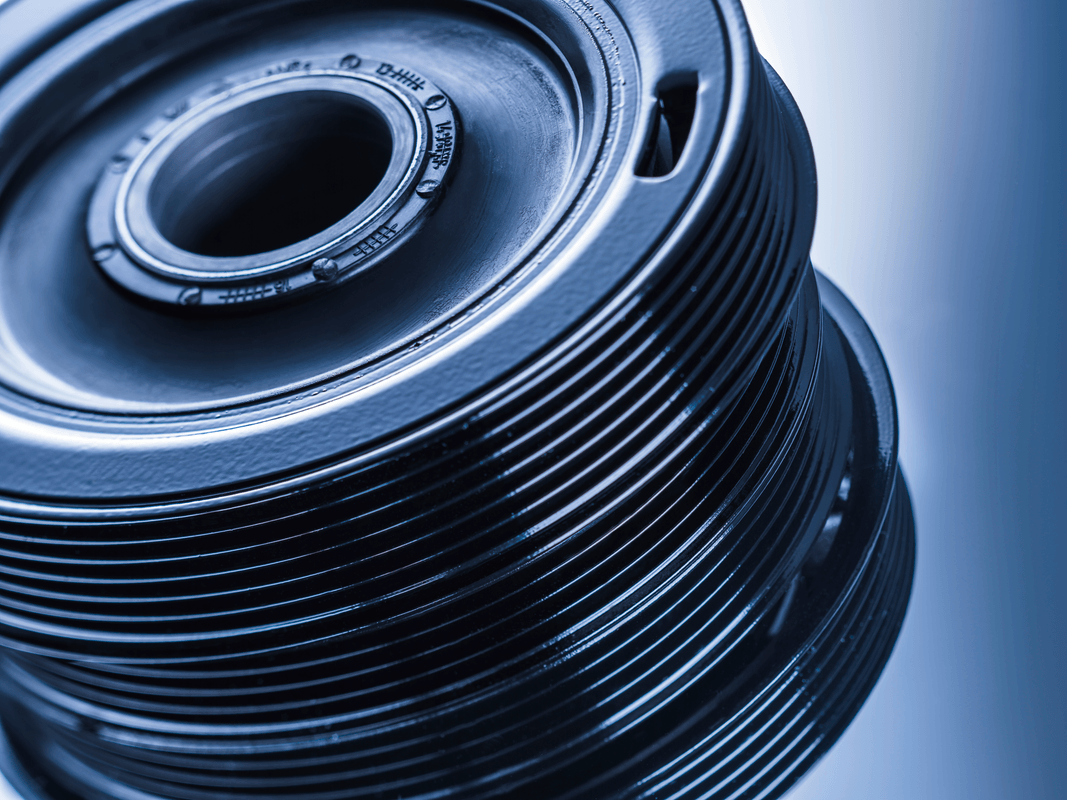Troubleshooting your Rotational Moulding Process: A Comprehensive Guide

Rotational moulding is an excellent manufacturing process that provides numerous advantages such as cost-effectiveness, flexibility, and durability. However, the rotational moulding process, like any other manufacturing industry, has its own set of challenges. During the process, issues such as incomplete filling, warping, and burning can occur, lowering production quality and efficiency. Fortunately, by following a thorough troubleshooting guide, you can easily identify and resolve these issues, as well as prevent them from occurring in the first place. We will take a deep dive into troubleshooting your rotational moulding process in this blog, providing you with a step-by-step approach to identifying and resolving common issues.
Common Problems in Rotational Moulding Process
Even the best rotational moulding like metal injection moulding process can encounter a variety of problems that impact product quality and production efficiency. The following are some of the most common issues that can arise during the rotational moulding process:
- 1) Incomplete Filling
This happens when there isn’t enough plastic resin in the mould. It can cause thin or weak areas to form in the final product. Incomplete filling can be attributed to factors such as poor mould design, insufficient heating, or a lack of suitable processing conditions. - 2) Warping
When a product warps, it becomes distorted or twisted, resulting in an uneven or unsightly appearance. Temperature fluctuations, flaws in mould design, material issues, and processing conditions are all common causes of warping. - 3) Bubbling
Bubbling is a common issue that occurs during the rotational moulding process’s cooling phase. This occurs when trapped air inside the mould is unable to escape, resulting in bubbles forming on the product’s surface. The causes of bubbling can be traced back to mould design issues, insufficient heating or cooling, or incorrect material selection. - 4) Burning
When the plastic resin inside the mould becomes overheated, the final product has a burnt or charred appearance. The causes of burning can be traced back to factors such as insufficient heating, insufficient cooling, or insufficient material selection.
Troubleshooting Techniques for Rotational Moulding
When troubleshooting your rotational moulding process, a step-by-step approach is critical for identifying and resolving any issues that arise. Here’s a detailed guide to troubleshooting your rotational moulding process:
- 1) Analyse the Mould Design and Construction
The first step in troubleshooting your rotational moulding process is to look for flaws or limitations in the mould design and construction. Look for problems like insufficient wall thickness, uneven cooling, or inadequate venting. Make any necessary changes to the mould design to optimise the process. - 2) Test the Material Properties and Quality
The material properties and quality are then tested before and during processing. Check that the material is the correct type, grade, and quality for your application. To ensure that the material properties, such as melt flow rate, density, and impact strength, meet your requirements, test them. - 3) Adjust the Processing Parameters
After analysing the mould design and material properties, you can tweak the processing parameters like temperature, speed, and time. To find the best processing conditions for your specific application, use trial and error. - 4) Inspect and Maintain the Equipment and Tools Regularly
Preventing problems during the rotational moulding process requires regular inspection and maintenance of the equipment and tools. Examine the heating and cooling systems, as well as the moulds and tools, to ensure that they are in good working order.
Preventive Measures for Optimal Rotational Moulding
While troubleshooting is an important part of the rotational moulding and metal injection moulding process preventing problems from occurring is equally important. Preventative measures can save you time, money, and resources in the long run. Here are some pointers to help you avoid problems before they occur:
1) Conduct Regular Quality Control Checks:It is critical to conduct regular quality control checks on raw materials and finished products to avoid problems in the rotational moulding process. This will allow you to identify problems early on and take corrective action.
2) Update the Mould Design and Construction: Updating the mould design and construction in response to feedback from the production team and customers can help prevent future problems. You can optimise the process and consistently produce high-quality products by improving the mould design.
3) Train the Operators and Technicians: Proper training of operators and technicians on best practices for handling equipment and materials is critical for avoiding problems. You can reduce the risk of operator error and improve process efficiency by ensuring that your team is well-trained and knowledgeable.
4) Keep a Record of the Process Parameters and Performance Metrics: It is critical to keep track of process parameters and performance metrics in order to prevent problems and improve the process. By monitoring these metrics, you can spot trends and patterns in the process and make data-driven decisions to improve it.
In conclusion, troubleshooting your rotational moulding process is critical for ensuring production quality and efficiency. By following this detailed guide, you’ll be able to identify and resolve common issues like incomplete filling, warping, and burning, as well as prevent them from occurring in the first place.
Don’t let these issues slow down your production or jeopardise product quality. Spend the time troubleshooting and maintaining your rotational moulding process, and you’ll reap the benefits in the long run. Remember that with the proper troubleshooting techniques and preventive measures, your rotational moulding process can run smoothly and efficiently, providing you with the high-quality products and cost-effectiveness that you require. We hope you found this guide useful and informative.
